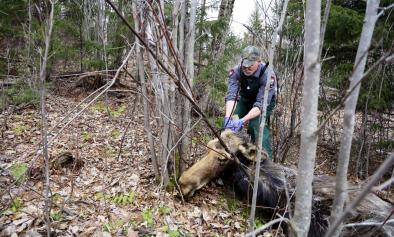Science Source
Towards better Desert Locust Risk Prevention Systems in the Central Region
- (Note: Schistocerca is a genus of grasshopper. The best known species is the desert locust, Schistocerca gregaria. Another is the South American locust, Schistocerca cancellata.)
- States countries and the international community are increasingly taking note of the importance of better disaster risk prevention and management beyond its traditional technical conception such as industrial accidents because of a rising understanding of the negative impact of climate change and the consequences it may have on societies and economies beyond commonly experienced natural hazards
- States global climate change models clearly indicate increasing temperatures with more droughts in some areas, but also unusual torrential rainfall in others
- States it is virtually certain that higher temperatures will increase the chances of pest outbreaks and incursions of new pests
- States first signs give good reasons to assume an increase of severe plant pest incidences due to changing ecological conditions
- States other more common endemic migrant pests such as locusts may change their breeding and migration behaviour and patterns and might move into areas where they are currently not common
- Summarizes socio-economic and ecological impact of one of th emost destructive locust species, the Desert Locust, during the 2003-2005 upsurge in the Middle East, Northern and Wester Africa
- The FAO estimated crop losses in western Africa (including Algeria, Burkina Faso, Chad, Libya, Mali, Mauritania, Morocco, Niger, Senegal and Tunisia) at 80% of the expected cereal production, affecting an estiated 1.3 million people
Related Content
Science Source
| Global Change Biology
Decadal-scale phenology and seasonal climate drivers of migratory baleen whales in a rapidly warming marine ecosystem
Daniel E. Pendleton, Morgan W. Tingley, Laura C. Ganley et al
Headline

May 19, 2022 | Climate Nexus Hot News
Climate Change Great For Winter Ticks, Very Bad For Moose Calves
Science Source
Climate change increases cross-species viral transmission risk
Colin J. Carlson, Gregory F. Albery, Cory Merow et al
Science Source
| Journal of Animal Ecology
Climate change affects bird nesting phenology: Comparing contemporary field and historical museum nesting records
John M. Bates, Mason Fidino, Laurel Nowak-Boyd et al


